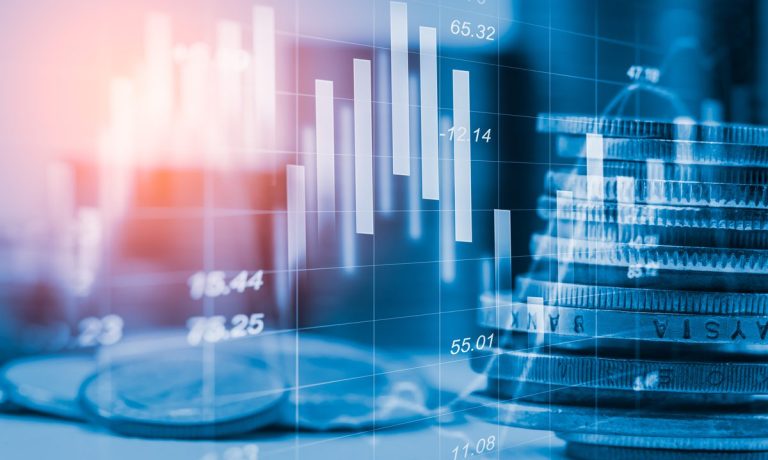
Push and pull.
Bank earnings are on tap this week, with J.P. Morgan, Wells and Citi among the first out of the gate.
And while the Street will, as usual, be focused on investment banking and trading, there’ll be a confluence of data points that show the pressures and opportunities in the credit landscape.
Card utilization rates are low, are primed to increase in order to handle everyday expenses … and no one knows just how it will all turn out.
As reported on Wednesday (July 13), the Bureau of Labor Statistics said prices are up sharply, at a rate not seen in more than 40 years. The Consumer Price Index was up 9.1%, outpacing the 8.8% that had been expected. Strip away food and energy prices, and the “core” index was up 5.9%, where estimates had been 5.7%.
But we note that consumers are indeed paying for gas and for food, and the reality is that the paycheck to paycheck consumer will be in increasingly stressed, and may turn to untapped firepower on their cards to try and muddle through.
Rainy Day Fund Dwindles
As noted here in recent weeks, 58% of us live paycheck to paycheck, which means that there is little left over as we grapple with paying the bills — pretty much nothing left over to put into savings or to guard against the proverbial rainy day.
Savings that had accumulated during the pandemic, as stimulus checks arrived, are declining, for paycheck-to-paycheck families. The most recent reading shows that the average savings of consumers who live paycheck to paycheck who have issues paying their bills has declined to a bit less than $2,500, from a peak of more than $4K at the end of the year. For consumers who live P2P but do not have issues paying the bills, the trend is similar. As of May their average savings stood at $6,600, down from $8,000 as 2022 dawned.
Read here: Savings Cushion Dwindles for Lower Income Paycheck-to-Paycheck Economy
Credit, then, serves as a lifeline to help people meet the stresses of an inflationary environment that chips away at purchasing power.
For now, there’s at least some purchasing power that remains in reserve. The Philadelphia Federal Reserve, earlier this week in its quarterly report on large bank credit cards and mortgages, said that “customers are utilizing less of their available credit lines.”
Credit card balances are in fact 11% below levels seen just before the pandemic, and as we said yesterday, there is roughly $3.3 trillion in available card credit still untapped. But a few banks (Bank of America among them) have sounded some caution on consumer retail spend.
We’ll get more color and insight as the banks report their earnings over the coming days and weeks. But the above data points show a bit of mixed bag for earnings over at least the near term. In an inflationary world, the number of transactions might see a pullback, which indicates that interchange revenues may see headwind. But the dollar “value” of what’s on the cards will of course grow (because everything is more expensive. When they buy less they pay more. In that case, the fee income would rise (as the card balances increase). Card based income, as JPMorgan noted in its latest earnings supplement, was $975 million, down 11% from the fourth quarter. That metric may see an uptick (or may not) as time goes on.
By and large, though, the banks want to see consumers remain resilient — for cards to continue to be a payments option actively used. But that inflation number is a bit of a wild card … and a sanguine consumer is no sure bet.